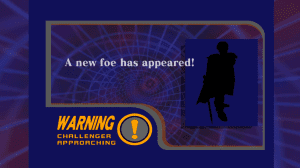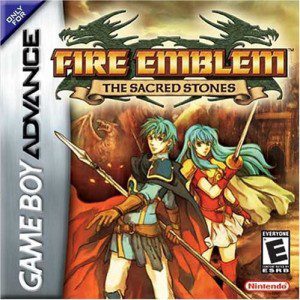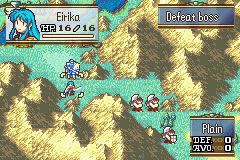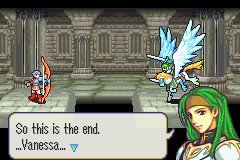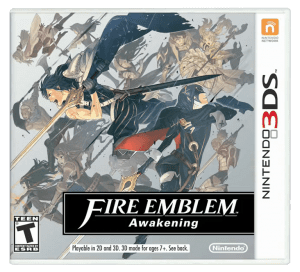It’s been 3 weeks since the release of the Nintendo Gamecube, it’s one of those winter nights where you stay inside and decide to play a few rounds of Super Smash Bros. Melee by yourself, because face it; your social life has been corrupted by this game, and you finally have a legit excuse to stay inside.
You finish Classic mode for around the 20th time, and after the credits roll, you find yourself challenged by a new character, you become excited and want to find out what sort of famous Nintendo star you will square off against.
The match starts, and you find yourself fighting what seems to be a swordsman, you pause the game and stare at the screen puzzled, but you carry on. You defeat him, and you get that message: “Direct from Fire Emblem, it’s Marth, the swordsman supreme!”
You put the controller down and read the message a few times, trying to get what it all means, until you finally ask yourself.
“What the hell is a Fire Emblem?”
This question plagued more than a few gamers minds back in the day, some found the answer, some didn’t, and in fact, most didn’t know what Fire Emblem was… At least until 2003, when the first game (or so we were told) in the series was released.
The game hit store shelves and received positive reviews, but it did not succeed in the sales department, still, it did well enough, guarantying a sequel by the name of Fire Emblem: The Sacred Stones (which sold quite a bit less I must say) a game in which we’ll focus today.
Released in 2005, this game wasn’t as highly praised as its first international outing, but it continued selling well enough, getting even more games out for the international market.
Without getting into any intricacies of the complicated plot, you control main character Eirika, a princess whose kingdom is suddenly attacked by a neighboring ally kingdom, after quickly running out of options, she flees her homeland along with a few of her knights, with the intent to seek help from their allies in the land of Frelia.
The game is an Strategy/RPG affair, you move characters on a grid based field, taking them closer to the enemy where you then can proceed to eliminate them using a variety of weapons such as swords, lances, axes, and even bows, there are a few extras such as healers, but normally, each item has a certain advantage over other weapons, adding more strategy to this already tense game.
Why tense you ask? Because you have to be careful and not rush in, or you are very likely to get yourself killed. This wouldn’t normally be a concern, but if Fire Emblem is notorious for something, that certain something can certainly be the infamous “permadeath” which basically means that if one of your characters dies in battle; they stay dead for the rest of the game. There is no revive items here for you to use.
This is both a good, and a bad point for the game, and the series in general.
Quite a few players enjoy the excitement that comes with risk, and of course the satisfaction of surviving with all of your troops, it gives you a sense of triumph. But it’s also a double-edged sword, as many will despise repeating a Chapter because they lost a member. It wouldn’t be so bad if it was only a random member, but the game makes it so that you care for them enough by giving them a personality and slight backstory, not to mention including a few of each class, making them nearly invaluable, so you more than likely feel bad when you lose a certain member of your army.
The game knows this well and it will use it against you, as you may just restart the whole battle just to finish it with your team complete. It can be rather intense affair if you don’t know what you are doing, and you will probably regret going on the offensive carelessly.
The game’s graphics aren’t’t expectacular by any means, the sprites outside main characters are all generic, looking the same for every member of the class (fighters all look the same) static character portraits are different though, at least giving them each some sort of difference of their own.
The areas where the battles happen have a look of an over the top view map, showing the different areas in the field such as grassy fields (which can give you advantages) it is laid out a lot like a more complicated chess game where you have to find the best spot to move to, which is basically what it is:
A huge game of chess, where strategy is needed to survive.
There isn’t much more to say about this game, and honestly, I can’t really recommend it to players nowadays, what with the superior Fire Emblem: Awakening being out for the 3DS (which has a difficulty mode for novices, so anyone can get into it). This game is worth a shot if you want to check out the Fire Emblem experience back then, but if you had to make the choice, the 3DS game is your best bet.


